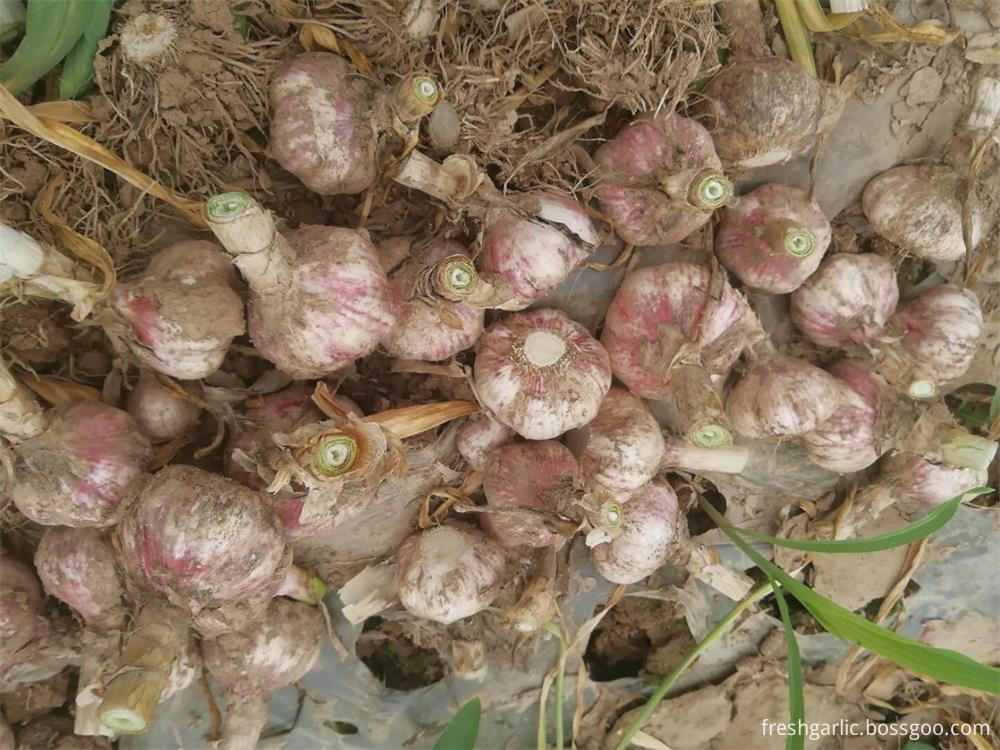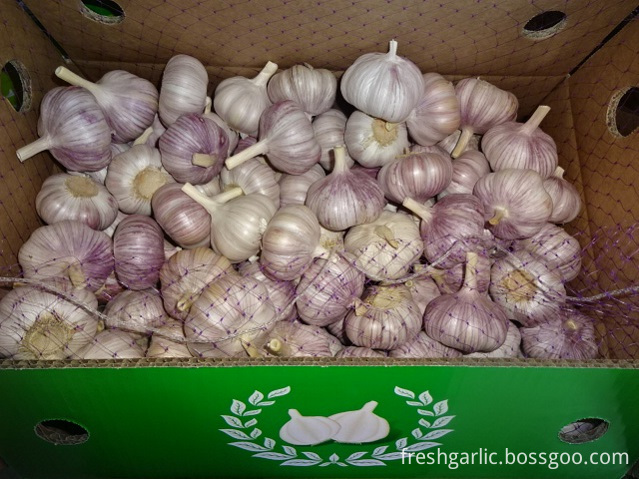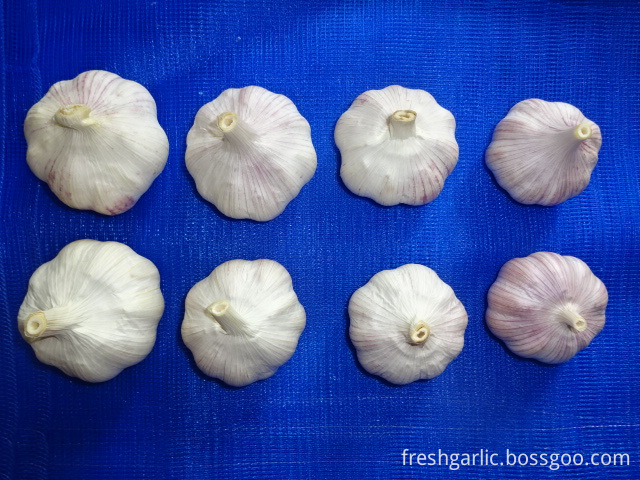Symptoms Sangria blight occurs in the vicinity of the winter buds on the shoots. Dark brown, oily, diamond-shaped, or elliptical lesions appear around the winter buds. The branches of the lesions dry and wrinkle. In the wet and humid conditions, the skin decays. Easy to peel off and emit an alcoholic taste. Shortly after the onset of disease, small orange-red particles appeared on the lesions and arranged in a circular pattern around the winter buds so that the winter buds could not germinate. If the condition continues to develop and multiple lesions are connected to each other and surround the branches for a week, all the branches above the lesions will die.
Second, the cause (a) of the mycelial growth of mycelial blight is suitable for about 22.5 °C, so the disease occurs in the spring. (2) The action of picking leaves in autumn is rough, or wounds caused by insect pests and other injuries are conducive to the invasion of germs, resulting in severe disease in the following year. (3) Unreasonable measures such as excessive picking of summer and autumn leaves, premature cutting, partial application of nitrogen fertilizer, etc. may also cause mulberry tree growth to be weak and cause morbidity. (4) Among the varieties, the disease-resistance of Husang 38 and Sha 2 was poor and the disease was easy to occur, while the resistance of Tongxiang Qing and Xuan 792 was strong. (e) Under the same conditions, young mulberry trees are more susceptible to disease than young mulberry trees.
Third, the prevention and control methods (a) selected plant resistant varieties. In areas where there is a high incidence of Mulberry Blight, it is recommended to plant varieties with strong disease resistance, such as Tongxiang Qing and Xuan 792. (b) Disinfection of trees. In severe mortuary mulberry trees, the tree trunks can be sprayed with 4 to 5 Baume of sulfur in the winter to disinfect the trees to prevent re-dyeing and reduce the development of spring conditions. (c) Remove the source of the disease. Winter pruning in time to reduce the source of overwintering bacteria. When lesions and diseased branches are found in early spring, they must be scraped off or cut off and burned in time. The cut-out should be disinfected with 1% copper sulfate solution. The mulberry field with severe disease can be harvested in the whole park. (D) Reasonably picking summer autumn leaves, after the end of autumn silkworm, the mulberry branch shoots must retain 5 to 6 mulberry leaves, in order to facilitate photosynthesis, accumulate more nutrients, fill branches, to resist the occurrence of frost damage. (e) Rational fertilization. Mulberry fertilization should pay attention to the proportion of nitrogen, phosphorus, and potassium, increase the organic fertilizer, autumn fertilizer can not be used too late, so as not to cause the mulberry after the fall long, reduced resistance to cold, disease resistance. (six) to prevent tree wounds and reduce pathogenic infection. In the summer and autumn, the leaf should be kept in the petiole, avoiding the leaves and tearing the cortex. It is necessary to strengthen pest control and reduce pest wounds so that pathogens cannot invade the branches.
White Garlic,also called Normal White Garlic or purple white garlic,is the most common garlic variety of Shandong,China. The skin of normal white garlic is basically white but White garlic also has a few purple stripes on it.
Normal white garlic, new crop
1. Commodity name: Normal White Garlic (Regular white garlic or Single Clove Garlic)
2. Feature: strongly spicy, milk white flesh, naturally bright color, no burnt, no mouldy, no broken, no dirt skins, no mechanical damaged, 1-1.5cm stem length, roots cleaness.
3. Size: 4.5-5.0cm, 5.0-5.5cm, 5.5-6.0cm, 6.0-6.5cm, 6.5cm & up.
4. Packing:
1) Loose packing(inner string bag):
a) 5kgs/carton, b) 10kgs/carton, c) 20kgs/carton; d) 5kgs/mesh bag, e) 10kgs/mesh bag, f) 20kgs/mesh bag
2) Prepacking:
a) 1kg*10bags/carton b) 500g*20bags/carton c) 250g*40bags/carton
d) 1kg*10bags/mesh bag e) 500g*20bags/mesh bag f) 250g*40bags/mesh bag
g) prepacked by 1pc/bag, 2pcs/bag, 3pcs/bag, 4pcs/bag, 5pcs/bag, 6pcs/bag, 7pcs/bag, 8pcs/bag, 9pcs/bag, 10pcs/ba, 12pcs/bag, then packed with 5 or 10kgs carton, 5 or 10kgs mesh bag outside h) packed according to clients' requirements.
5. Supply period: all the year round
a) Fresh Garlic: early June to end August
b) Cold storaged garlic: early September to the next middle May
6. Conveyance:
a) Cartons: 24-27.5MT/40' HR (If palletized: 24Mt/40' HR)
b) Bags: 26-30Mt/40' HR
7. Transporting and storing temperature: -3°C--+2°C
8. Shelf life: stored for up to 12 months in proper conditions



Normal White Garlic
Normal White Garlic,Fresh Normal White Garlic,White Garlic,Single Clove Garlic
JINING FORICH FRUITS & VEGETABLES CO., LTD. , https://www.forichgarlic.com